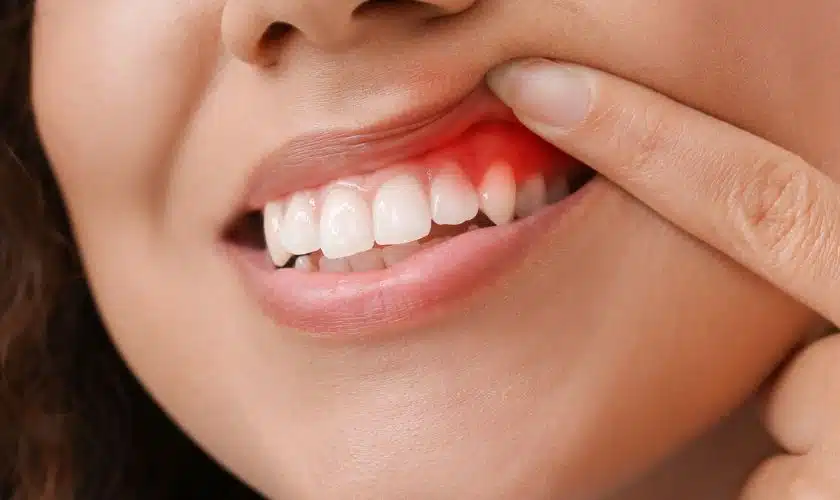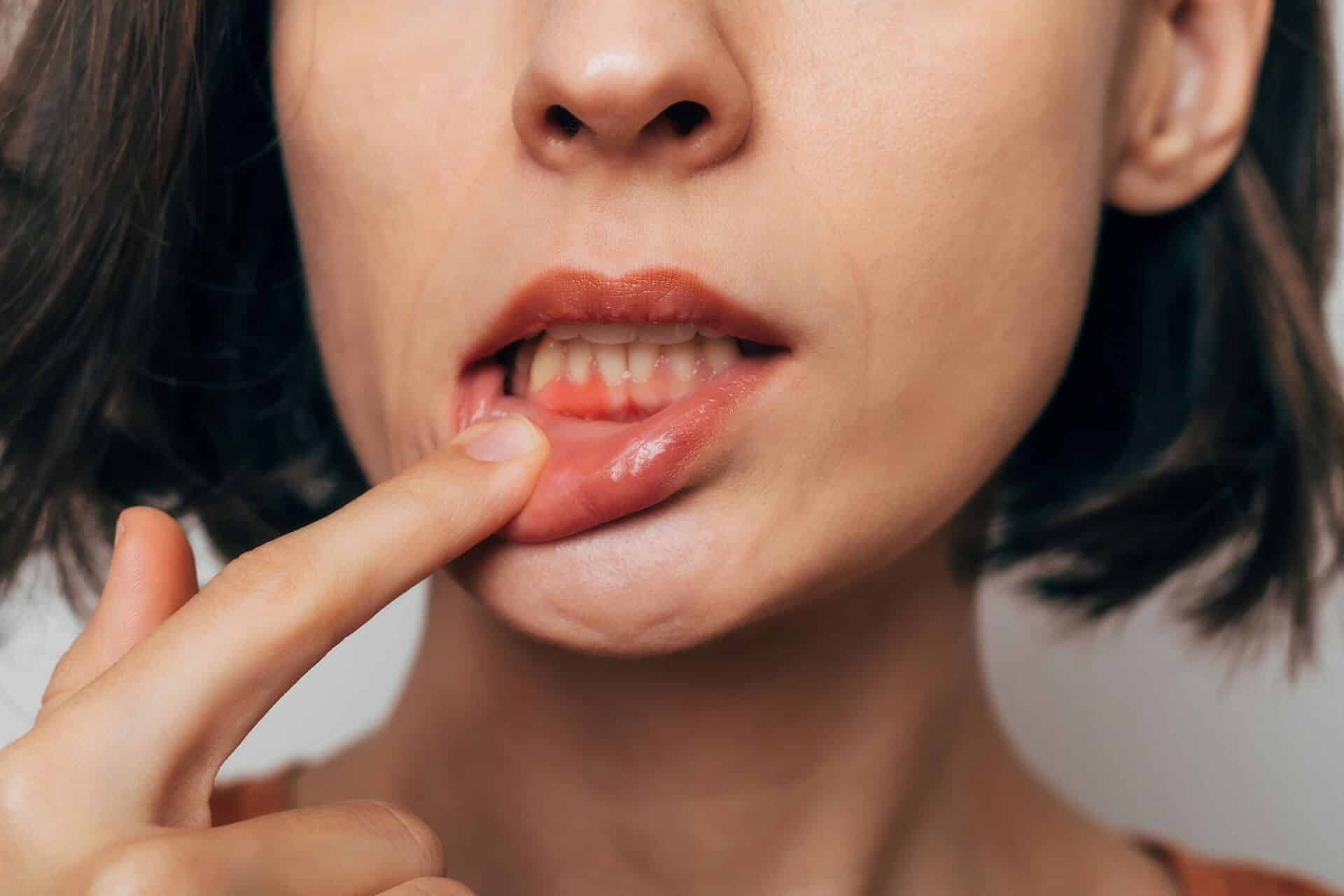Early Signs of Gum Disease: What You Need to Know

Gum disease, also known as periodontal disease, is a common but often overlooked dental condition that can lead to serious oral health problems if left untreated. It is crucial to recognize the early signs of gum disease to take prompt action and prevent its progression. This comprehensive guide will delve into the early signs of gum disease, its causes, stages, risk factors, prevention, and treatment options, providing you with the knowledge needed to maintain optimal oral health.
Understanding Gum Disease
Gum disease is an infection of the tissues that surround and support your teeth. It is primarily caused by plaque—a sticky, colorless film of bacteria that constantly forms on your teeth. If not removed by daily brushing and flossing, plaque can harden into tartar, which only a dental professional can remove.
Stages of Gum Disease
Gum disease progresses through several stages:
- Gingivitis: The earliest and mildest form of gum disease, gingivitis is characterized by inflammation of the gums. At this stage, the damage is reversible with proper oral care.
- Periodontitis: If gingivitis is left untreated, it can advance to periodontitis. This stage involves the destruction of the supporting bone and tissues around the teeth, leading to more severe symptoms and potentially irreversible damage.
- Advanced Periodontitis: In the most severe stage, the fibers and bone supporting the teeth are destroyed, which can lead to teeth becoming loose or falling out.
Early Signs of Gum Disease
Recognizing the early signs of gum disease is essential for timely intervention. Here are the primary indicators to watch for:
1. Red, Swollen Gums
One of the first signs of gum disease is redness and swelling of the gums. Healthy gums should appear pink and firm. If your gums are consistently red, puffy, or tender to the touch, it could indicate inflammation due to the presence of plaque and bacteria.
2. Bleeding Gums
Gums that bleed easily, especially during brushing or flossing, are a common early sign of gum disease. While occasional bleeding may not be alarming, consistent bleeding is a cause for concern and warrants attention.
3. Bad Breath (Halitosis)
Persistent bad breath, also known as halitosis, can be an early symptom of gum disease. The buildup of bacteria in the mouth produces toxins that cause an unpleasant odor. If bad breath persists despite good oral hygiene, it may be due to underlying gum issues.
4. Receding Gums
Gum recession occurs when the gum tissue pulls away from the teeth, exposing more of the tooth or its root. This can be an early sign of gum disease and may result in tooth sensitivity or an elongated appearance of the teeth.
5. Tender or Painful Gums
Gums that are sore, tender, or painful to the touch may indicate the onset of gum disease. This discomfort can make eating, drinking, and maintaining oral hygiene challenging.
6. Changes in Tooth Position or Bite
As gum disease progresses, it can cause teeth to shift or become loose. If you notice changes in the way your teeth fit together when you bite or if you develop spaces between your teeth that were not there before, it could be a sign of periodontal disease.
7. Pus Between Teeth and Gums
The presence of pus or discharge between the teeth and gums is a clear sign of infection and advanced gum disease. This requires immediate professional attention.
8. Metallic Taste in the Mouth
A persistent metallic taste in the mouth can be an early warning sign of gum disease. It may be due to the byproducts of bacterial growth and infection.

Causes of Gum Disease
Understanding the causes of gum disease can help in preventing its onset. Here are the primary factors contributing to the development of gum disease:
Poor Oral Hygiene
Inadequate brushing and flossing allow plaque to build up on the teeth and gums, leading to gum disease. Regular dental cleanings and proper oral hygiene practices are crucial for prevention.
Smoking and Tobacco Use
Smoking and the use of other tobacco products are significant risk factors for gum disease. Tobacco use weakens the immune system, making it harder for the body to fight off infections, including those in the gums.
Hormonal Changes
Hormonal fluctuations, particularly in women, can increase the risk of gum disease. Puberty, menstruation, pregnancy, and menopause can make gums more sensitive and prone to inflammation.
Genetic Predisposition
Some individuals are genetically predisposed to gum disease. If gum disease runs in your family, you may be at a higher risk and should take extra care with your oral hygiene.
Chronic Conditions
Certain chronic health conditions, such as diabetes, heart disease, and rheumatoid arthritis, can increase the risk of developing gum disease. Managing these conditions effectively can help reduce the risk.
Medications
Some medications can reduce saliva flow, leading to dry mouth and an increased risk of gum disease. Be aware of the side effects of any medications you are taking and discuss concerns with your healthcare provider.
Poor Nutrition
A diet lacking essential nutrients, particularly vitamin C, can compromise the immune system and the health of your gums. A balanced diet rich in vitamins and minerals supports overall oral health.
Risk Factors for Gum Disease
Several factors can increase the likelihood of developing gum disease:
Age
The risk of gum disease increases with age. Older adults are more likely to experience gum disease due to the cumulative effects of plaque buildup over time.
Stress
Chronic stress can weaken the immune system and make it harder for the body to fight off infections, including gum disease. Managing stress is important for overall health and well-being.
Obesity
Obesity is linked to an increased risk of gum disease. Excess body weight can lead to inflammation and insulin resistance, both of which can negatively impact gum health.
Teeth Grinding (Bruxism)
Grinding or clenching your teeth can put excessive force on the supporting tissues of the teeth, accelerating the progression of gum disease. Wearing a night guard can help protect your teeth and gums.
Prevention of Gum Disease
Preventing gum disease requires a proactive approach to oral care. Here are key strategies to maintain healthy gums:
1. Practice Good Oral Hygiene
- Brush Twice Daily: Brush your teeth at least twice a day with fluoride toothpaste. Use a soft-bristled toothbrush to avoid damaging your gums.
- Floss Daily: Flossing removes plaque and food particles from between your teeth and under the gumline where a toothbrush can’t reach.
- Use Mouthwash: Antiseptic mouthwash can help reduce plaque and bacteria in your mouth.
2. Regular Dental Check-ups
Visit your dentist regularly for professional cleanings and check-ups. Your dentist can detect early signs of gum disease and provide treatment to prevent its progression.
3. Quit Smoking
If you smoke, quitting is one of the best things you can do for your gum health. Seek support from healthcare professionals or smoking cessation programs to help you quit.
4. Maintain a Healthy Diet
Eat a balanced diet rich in fruits, vegetables, lean proteins, and whole grains. Limit your intake of sugary and acidic foods and drinks, which can contribute to plaque buildup and gum disease.
5. Manage Stress
Incorporate stress-reducing activities into your daily routine, such as exercise, meditation, and deep breathing exercises. Managing stress can help support your immune system and overall health.
6. Stay Hydrated
Drink plenty of water throughout the day to keep your mouth hydrated. Saliva helps wash away food particles and bacteria, protecting your gums from infection.
7. Use a Night Guard
If you grind or clench your teeth, use a night guard to protect your teeth and gums from excessive pressure and damage.
Treatment Options for Early Gum Disease
If you notice early signs of gum disease, it’s important to take action to prevent further progression. Here are some effective treatment options:
Professional Dental Cleaning
A professional dental cleaning is essential for removing plaque and tartar buildup that cannot be removed by regular brushing and flossing. Your dentist or dental hygienist will clean your teeth above and below the gumline, reducing the risk of gum disease.
Scaling and Root Planing
For more advanced cases of gum disease, scaling and root planing may be necessary. This deep cleaning procedure involves removing plaque and tartar from above and below the gumline and smoothing the root surfaces to promote gum reattachment.
Antibacterial Mouthwash
Your dentist may recommend an antibacterial mouthwash to help reduce bacteria and inflammation in your gums. Use the mouthwash as directed to support your oral hygiene routine.
Antibiotics
In some cases, antibiotics may be prescribed to treat gum infection. These can be in the form of a mouth rinse, gel, or oral medication. Follow your dentist’s instructions for use.
Laser Therapy
Laser therapy is a minimally invasive treatment option that uses laser energy to remove infected tissue and promote healing. It can be an effective option for treating early gum disease.
Home Remedies
In addition to professional treatments, certain home remedies can support gum health:
- Salt Water Rinse: Rinse your mouth with warm salt water to reduce inflammation and promote healing.
- Oil Pulling: Swish coconut oil or sesame oil in your mouth for 10-20 minutes to reduce bacteria and plaque.
- Herbal Remedies: Use natural antiseptics like aloe vera gel, tea tree oil, or clove oil to soothe inflamed gums and fight infection.
Conclusion
Recognizing and addressing the early signs of gum disease is crucial for maintaining optimal oral health. By understanding the symptoms, causes, risk factors, and preventive measures, you can take proactive steps to protect your gums and prevent the progression of gum disease.
Remember to practice good oral hygiene, maintain regular dental check-ups, adopt a healthy lifestyle, and seek professional treatment if needed. With consistent care and attention, you can ensure the health and longevity of your gums and teeth, leading to a brighter, healthier smile.
Related to read:
Best Oral Hygiene Practices For Optimum Oral Health.
How to Whiten Teeth Naturally?
How to keep your gums healthy and disease-free?
References
To ensure the information provided is accurate and up-to-date, the following sources were referenced:
- American Dental Association. (n.d.). Plaque and Tartar. Retrieved from ADA website
- Mayo Clinic. (n.d.). Dental Plaque. Retrieved from Mayo Clinic website
- National Institute of Dental and Craniofacial Research. (n.d.). Periodontal (Gum) Disease. Retrieved from NIDCR website









